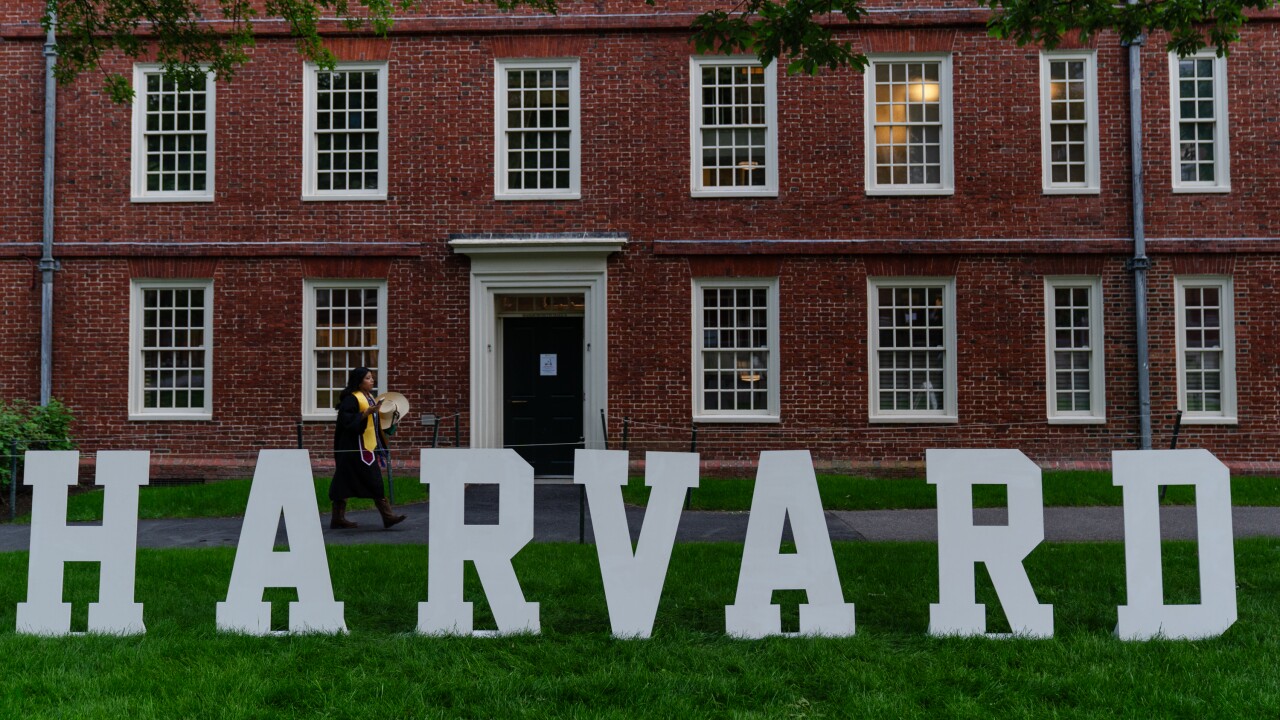Those expecting that California Gov. Gavin Newsom would go wild supporting social programs with his first
His $209 billion 2019-20 spending plan represents a 4% increase over last year’s budget, but 80% of the increases are one-time costs, Newsom said.

Newsom has promised increased spending for some programs while maintaining predecessor Jerry Brown’s penchant for reigning in budget growth.
“During my inaugural speech, I described the California Dream as a house we are building together,” Newsom said. “To make the California Dream available to all, our state must be fiscally sound. This budget lays a strong financial foundation for our state by eliminating debts, expanding the rainy-day fund and paying down our unfunded liabilities.”
He allocated $13.6 billion to what he called budget resiliency and paying down unfunded liabilities, citing federal political uncertainty and the potential for economic slowdown over the next two years for his thinking.
Of that number, $4 billion would go to eliminate all outstanding budgetary debt and deferrals and $4.8 billion would build reserves, bringing the rainy day fund to more than $15 billion.
To reduce pension liabilities in the state’s two largest funds, he would make a $3 billion payment to the California Public Employees’ Retirement System, Newsom said. The state would also paying down an additional $2.9 billion in the California State Teachers’ Retirement System and $260 million on other-post employment retirement benefits.
“The most significant thing in the budget is reflected here,” Newsom said. “We are preparing for uncertain times. We are paying down debt — and making sound and significant one-time investments that will maintain our surplus for a number of years.”
Newsom said he wants to launch “a Marshall Plan for affordable housing and lift up the fight against homelessness from a local matter to a state-wide mission.”
As part of that fight, the governor wants to create a carrot-and-stick program for regional governments in which localities that don’t meet home building goals would lose funding for transportation projects allocated through the Senate Bill 1 gas tax increase approved by the Legislature in 2017.
He dashed hopes of a comeback for the state’s redevelopment agencies, saying that he thinks the combination of the multi-billion housing funding packages created over the past several years by Sen. Toni Atkins, D-San Diego, and others, enhanced infrastructure financing districts, and federal opportunity zones are putting more money into the effort than the former redevelopment agencies did.
The budget includes $1.3 billion General Fund one-time funding for housing. It would also expand state tax credits to further develop both low- and moderate-income housing, and proposes new innovative housing on excess state property.
“Our collective efforts to end California’s housing crisis just got a very big boost from Governor Newsom in his proposed state budget today,” said Treasurer Fiona Ma. “Building more affordable housing is one of my top priorities. But let’s not fool ourselves. More is needed. We need creative and innovative out-of-the-box thinking. And, of course, we need to move at warp speed.”
Newsom has called for 3.5 million new housing units by 2025, which amounts to 500,000 new homes each year. That’s 6.25 times more than California currently produces, Ma said.
In his inaugural address on Monday, Newsom said the state would prepare for uncertain times ahead and be prudent stewards of taxpayer dollars future obligations.
“We will build and safeguard the largest fiscal reserve of any state in American history,” Newsom said. “But, let me be clear: We will be bold. We will aim high and we will work like hell to get there.”
The governor’s proposed budget would reinstate the individual healthcare mandate, a tax on people who don’t have insurance that was part of the federal Affordable Care Act. Congress revoked the penalty in 2017 which Republicans controlled Congress. Trump pledged to overturn the Affordable Care Act in his 2016 presidential run.
“We are assuming that we are going to continue the economic expansion,” Newsom said. “I know that sends shivers up some people’s spine, because we are 10 years into the economic recovery."
He noted that Brown started every budget presentation over the past several years by stating that the economic recovery was long in the tooth and the state needed to prepare for the worst.
"We are cognizant of that," Newsom said. "We are not predicting the 5% growth rate of the last few years, we are assuming a 3.2% economic growth rate. We are moderating projections based on fact that we are overdue for a recession.”
He was circumspect on his plans for high speed rail, but has hinted over the past eight years as lieutenant governor that he is not as enthusiastic about the project as Brown was. The high speed rail authority has a meeting next week and Newsom said he has a lot of thoughts about the project.
“I have pledged transparency,” Newsom said. “I am reviewing the leadership and we are assembling our own advisory team.”
He lumped plans for the twin tunnels statewide water project in with talk of high speed rail.
“I am concerned about the twin tunnels, but I am committed to a conveyance,” said Newsom, perhaps alluding to favoring the idea of a single-tunnel plan over the more controversial twin tunnel plan. He said he will be making leadership announcements for the state water board soon.





